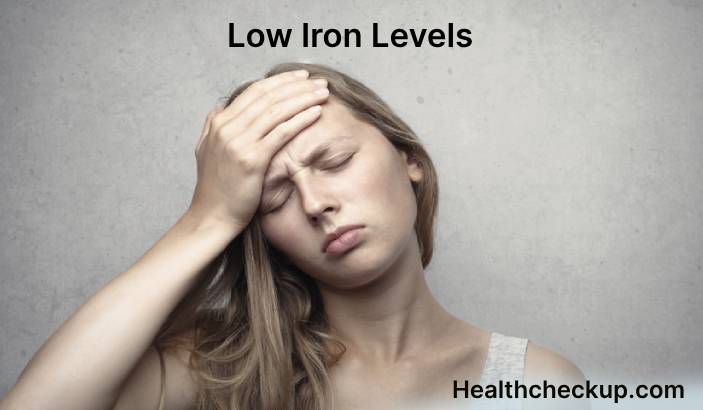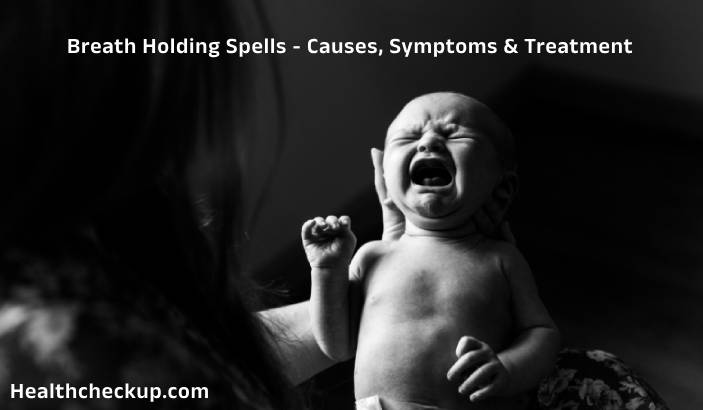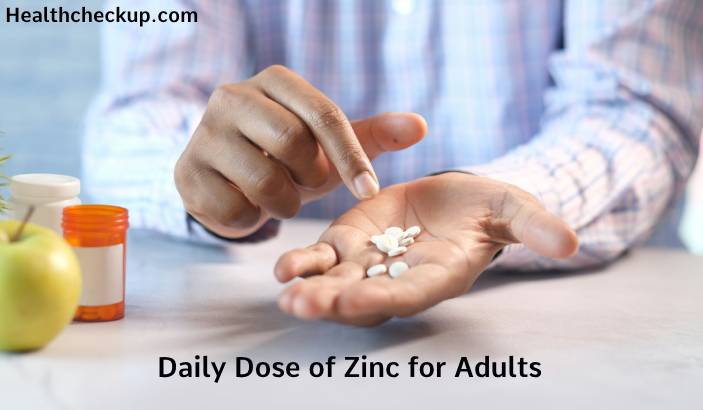Iron, a vital nutrient, plays a crucial role in maintaining good health. However, when iron levels in the body drop to very low or dangerously low levels, it can lead to a range of health concerns. In this comprehensive 1500-word article, we will delve into the world of low iron levels, exploring its causes, symptoms, effects on both men and women, and dietary factors that can influence iron levels.
Iron: A Fundamental Nutrient
Before we dive into the intricacies of low iron levels, it’s essential to understand the significance of iron in the human body. Iron is a mineral that serves as a building block for hemoglobin, a protein in red blood cells responsible for transporting oxygen from the lungs to various tissues in the body. Iron also plays a role in supporting energy production and overall well-being.
Causes of Low Iron Levels
Dietary Insufficiency
A common cause of low iron levels is inadequate dietary intake of iron-rich foods. This is particularly relevant for individuals who follow vegetarian or vegan diets, as plant-based sources of iron is less readily absorbed by the body.
Blood Loss
Blood loss, whether due to gastrointestinal bleeding, heavy menstruation in women, or injury, can deplete iron stores in the body and lead to low iron levels.
Medical Conditions
Certain medical conditions, such as celiac disease, inflammatory bowel disease, and chronic kidney disease, can interfere with iron absorption and utilization, contributing to low iron levels.
Pregnancy
Pregnant women often experience increased iron requirements to support both their own health and the developing fetus. Inadequate iron intake during pregnancy can lead to low iron levels.
Symptoms of Low Iron Levels
Low iron levels can manifest with a variety of symptoms, which include:
- Fatigue: A common symptom of low iron levels, fatigue can result from reduced oxygen delivery to tissues.
- Pale Skin: A pale or “washed-out” complexion may be noticeable in individuals with low iron levels.
- Weakness: General weakness or a sense of reduced physical strength can be attributed to iron deficiency.
- Shortness of Breath: Difficulty breathing or shortness of breath, especially during physical activity, is a classic symptom of iron-deficiency anemia.
- Headaches and Dizziness: Low iron levels can lead to headaches and dizziness due to reduced oxygen supply to the brain.
Low Iron Levels in Women and Men
Women
Low iron levels are more commonly seen in women, especially during the childbearing years. This is largely due to monthly menstrual blood loss. Pregnancy and breastfeeding also increase iron requirements for women.
Men
While men are generally at a lower risk of low iron levels than women of reproductive age, they can still develop iron deficiency due to dietary factors, chronic medical conditions, or blood loss.
Foods That Lower Iron Levels
Dietary choices can influence iron levels in the body. Some foods and dietary habits that can lower iron levels include:
- High Calcium Foods: Excessive consumption of dairy products or calcium supplements can inhibit iron absorption.
- Tea and Coffee: Compounds in tea and coffee, such as tannins, can interfere with iron absorption.
- High-Fiber Foods: A diet excessively high in fiber can reduce iron absorption, especially if the fiber source is phytate-rich grains or legumes.
Conclusion
Low iron levels, whether classified as very low or dangerously low, can have significant health implications, including iron-deficiency anemia. Recognizing the causes, symptoms, and risk factors associated with low iron levels is crucial for early intervention and prevention.
For individuals at risk of low iron levels, incorporating iron-rich foods into their diet and addressing underlying medical conditions are essential steps. Regular health check-ups and consultation with a healthcare provider can help identify and manage low iron levels effectively.
In conclusion, understanding the dynamics of iron levels in the body empowers individuals to make informed dietary choices and seek appropriate medical care when needed. Maintaining optimal iron levels contributes to overall health, vitality, and well-being.








